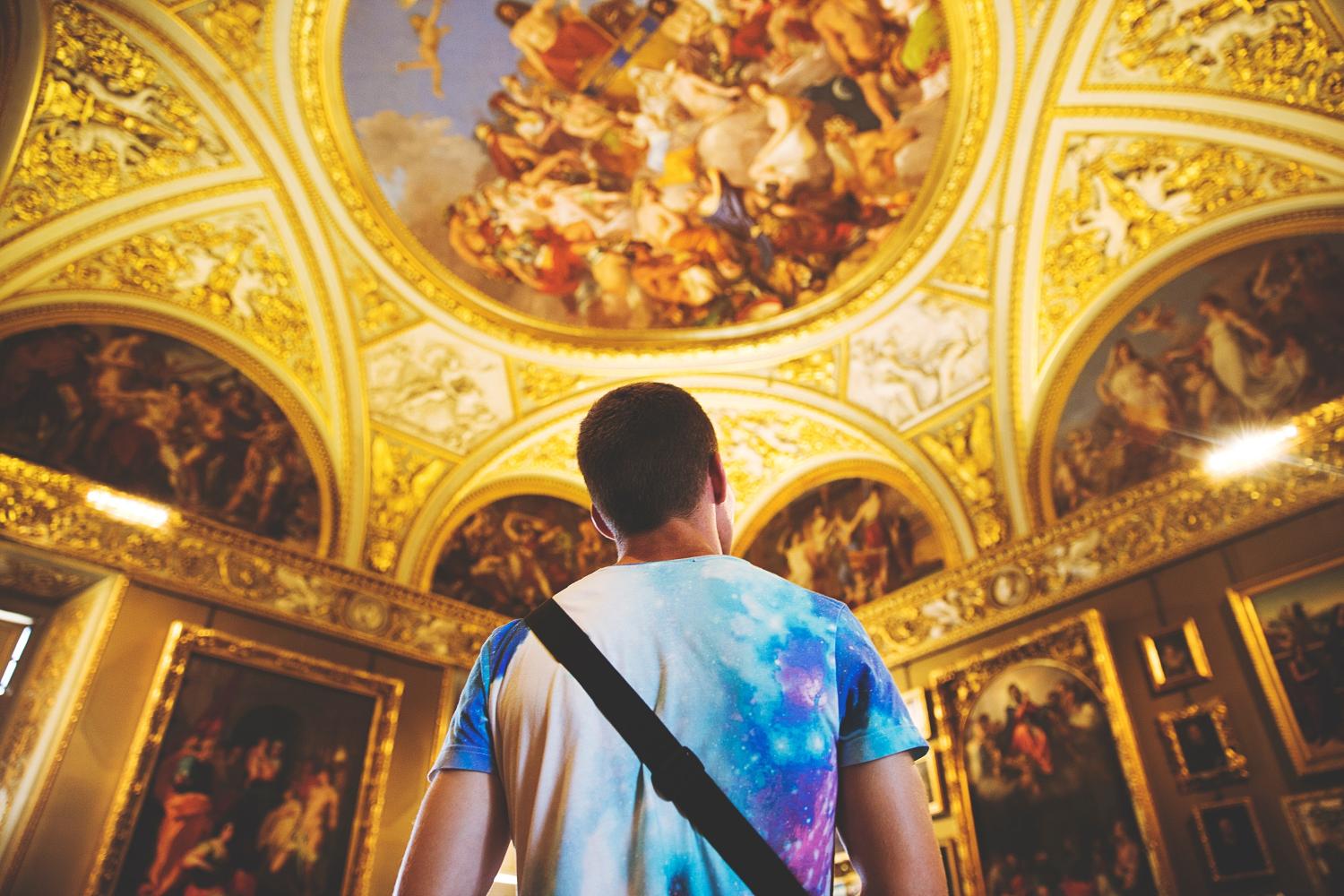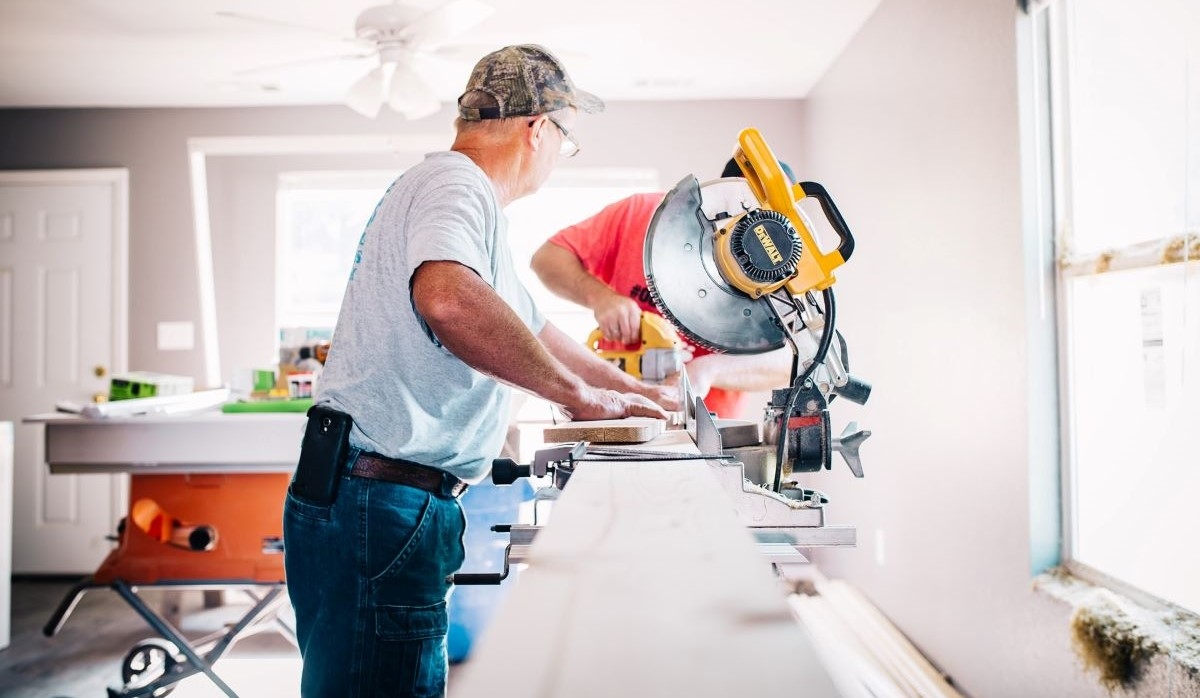
British Museums Every Canadian Student Should Visit
Photo by Joshua Earle on Unsplash
When you are a student, studying is a big part of your life. Consistently, you will be referencing textbooks and online sources to better your knowledge of a subject. However, you might also want to consider visiting a museum during your studies. There are a variety of reasons why museums are the perfect place for students to visit.
Free Trips and Discounts
There are plenty of museums in the UK that you can visit for free. For instance, the British Museum and the Victoria and Albert Museum are both free options for students or anyone else to attend.
If a museum does charge an entrance fee, though, there is a good chance they also offer a student discount. Usually, this works by you showing your university ID when you purchase a ticket.
There is also the option of school groups going to British museums as well. This option usually leads to group discounts and sometimes individual sessions or tours of the museum for the school group. It is an excellent option because it prepares many students at once to understand material related to their classes whether it’s to improve general knowledge or to push them to be better in their courses.
Whilst you are visiting a museum and researching an assignment first hand you can really get a feel for the history and take in much more information. This is far better than just the internet and your local library with limited sensory information. Get up close and personal with the past to have the most detail to write about. If this still isn’t enough for your college task then check out EssayPro.com essay writing service.
Up Close and Personal
When you go to a museum, you see pieces of history right before your very eyes. It is bound to have a more personal effect than merely reading about history or looking at a picture in a textbook.
In other words, a museum has a particular atmosphere that propels learning. You feel as though you are a part of what you’re learning about not looking at it as a separate idea away from yourself. You will feel as though you are a part of what you are learning about, and museums have a way of making you feel a kinship with what we are learning.
Besides, full displays can sometimes transport you through time. It’s easy to think of a piece of history as a random date or fact when you are reading about it. When you are in a room full of period pieces and real moments of history, though, you will get more of an idea of how history was for the people living in it rather than memorizing bare facts.
It’s Bigger Than You
When you are studying alone in the library, it can be easy to slip into a mindset that it’s just you. You’re the only one who’s considering, and you’re the one who knows the material.
A museum, though, much like a classroom, can prompt discussion. After all, you are in a building full of people who want to learn and are learning the same things as you. So, it is only natural that you might strike up a conversation with a complete stranger about an artifact or event.
On top of that, it is a somewhat common saying that history has more than one side. It means that there can be multiple viewpoints on one event in history. By talking to the people around you, you will get the chance to hear some of these viewpoints and opinions. Through doing this, you can open your mind to new ideas about a historical event that you thought you learned everything about before going to a museum. The whole experience can be rather eye-opening.
Conclusion
For a history student, there isn’t a much better method of learning about the past than to go to a museum. First of all, it’s incredibly immersive. You are, after all, steeped in history the whole time you’re there whether it be through looking at a series of artifacts or by walking through an interactive exhibit that’s meant to show you and transport you back to the past.
Museums also give you the chance to discuss history with those around you. This way, you can reap the full benefits of a hearing tale from more than one source. Plus, you can rest easy knowing the information that you get from a museum is genuine because you are looking at history itself, not through a second-hand lens.










